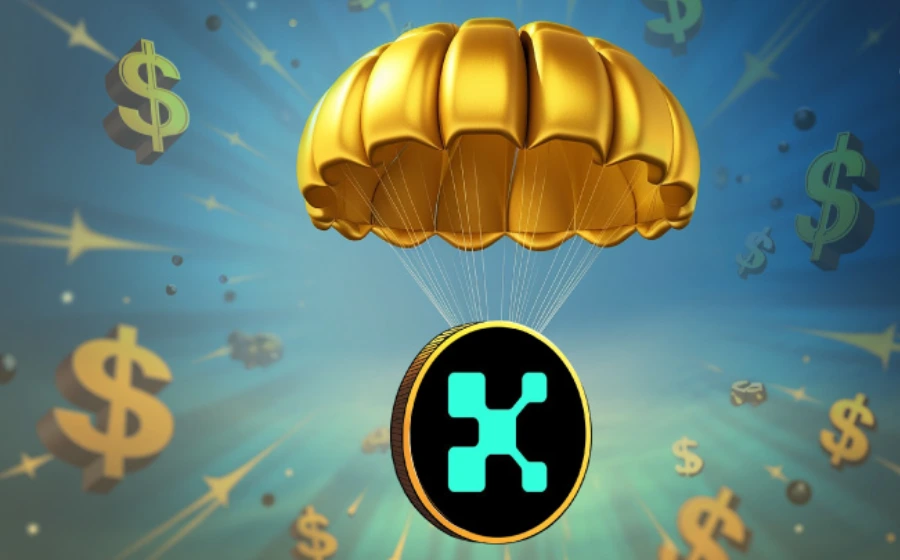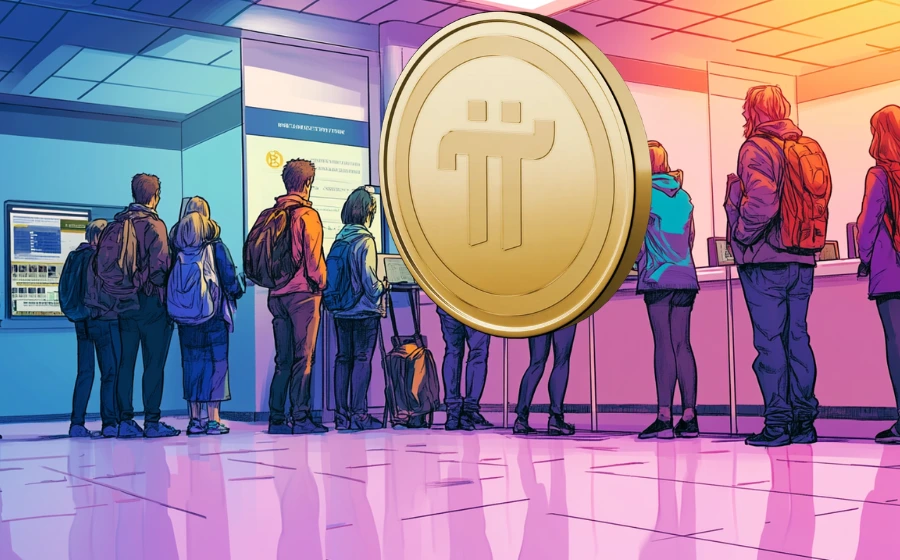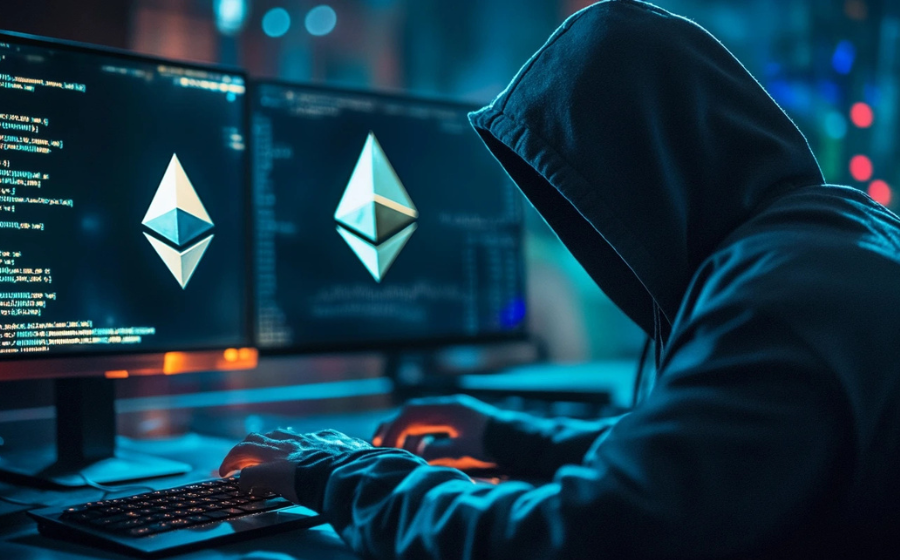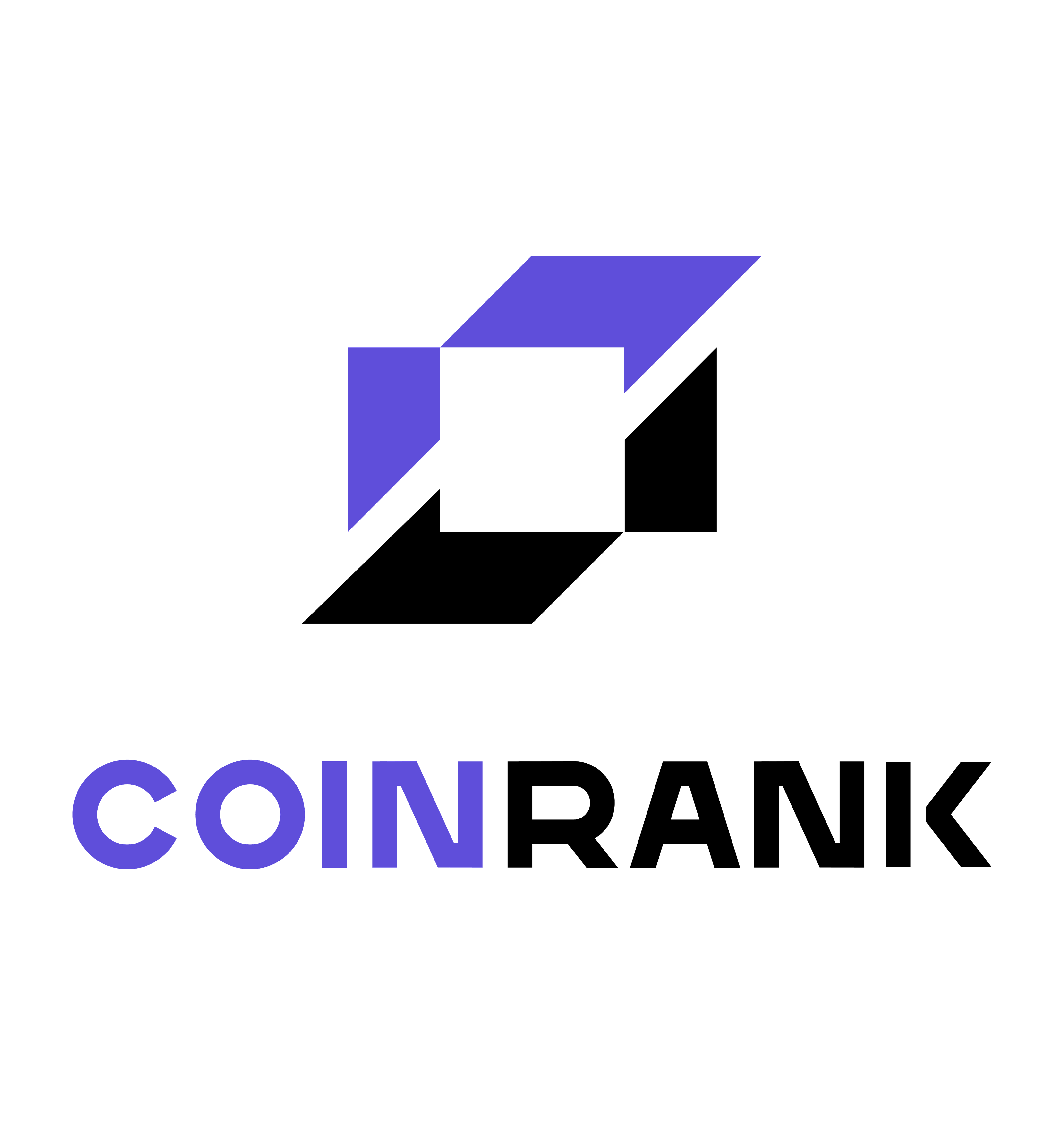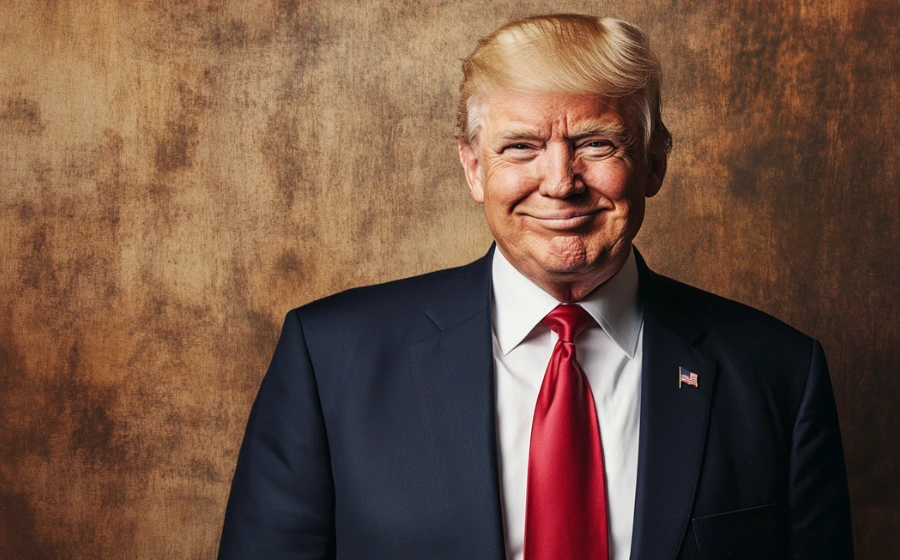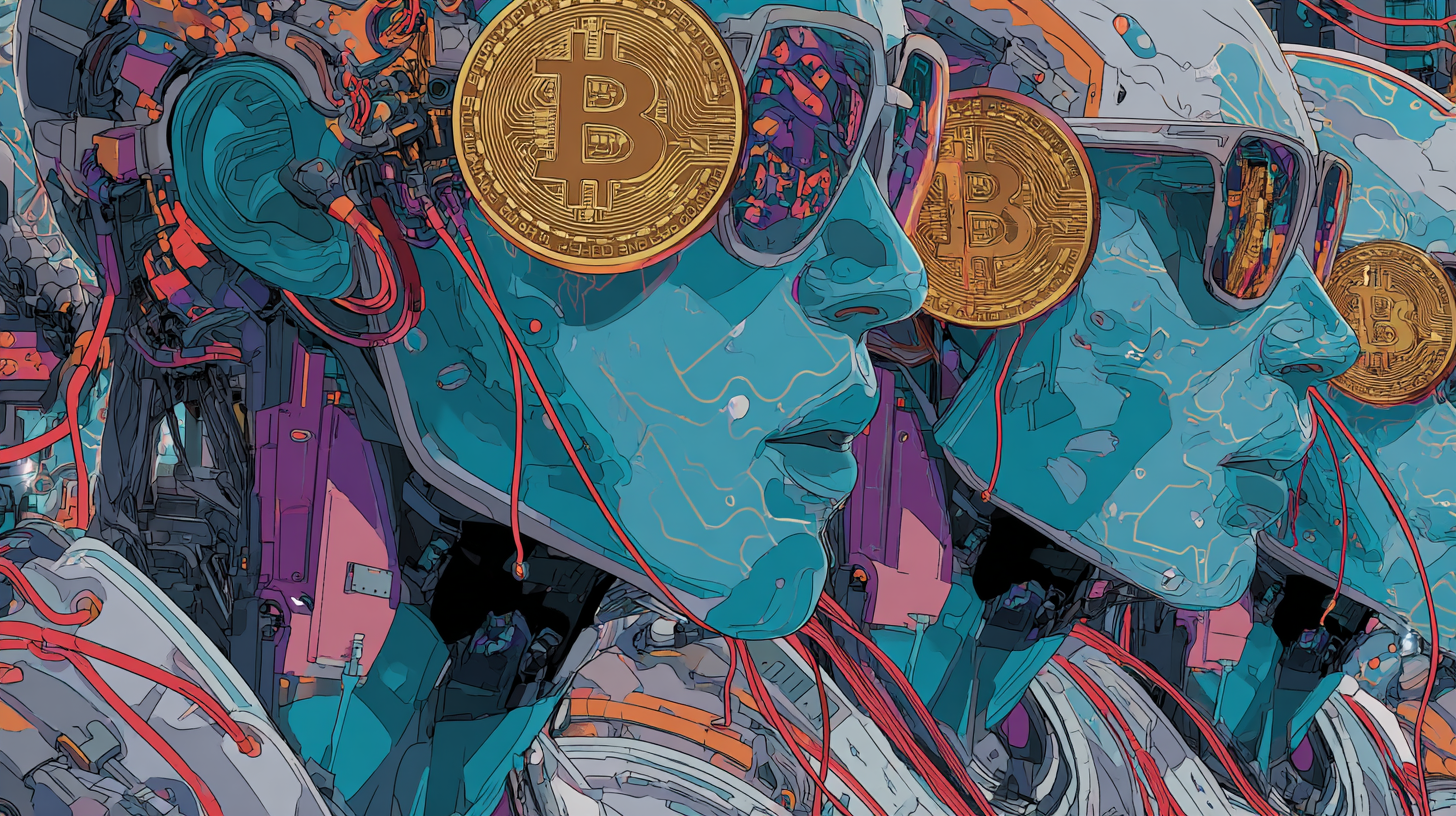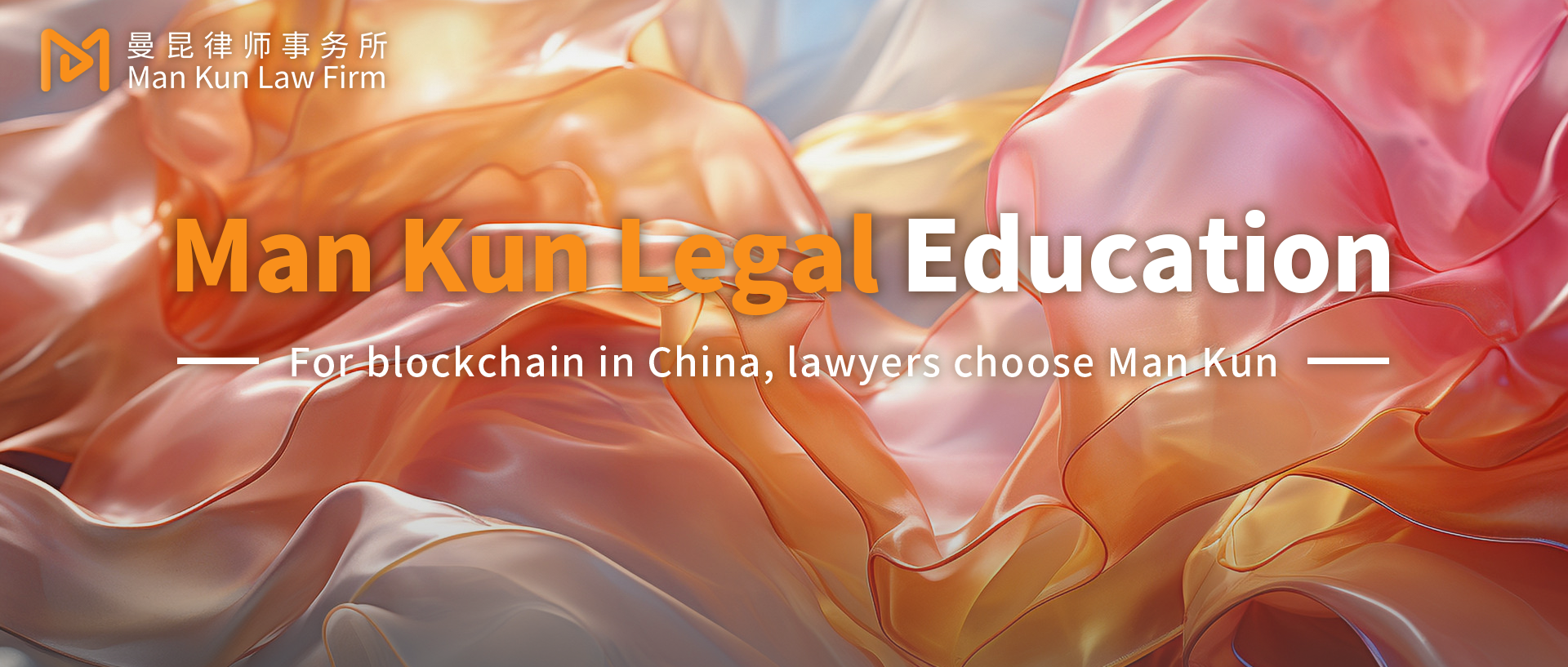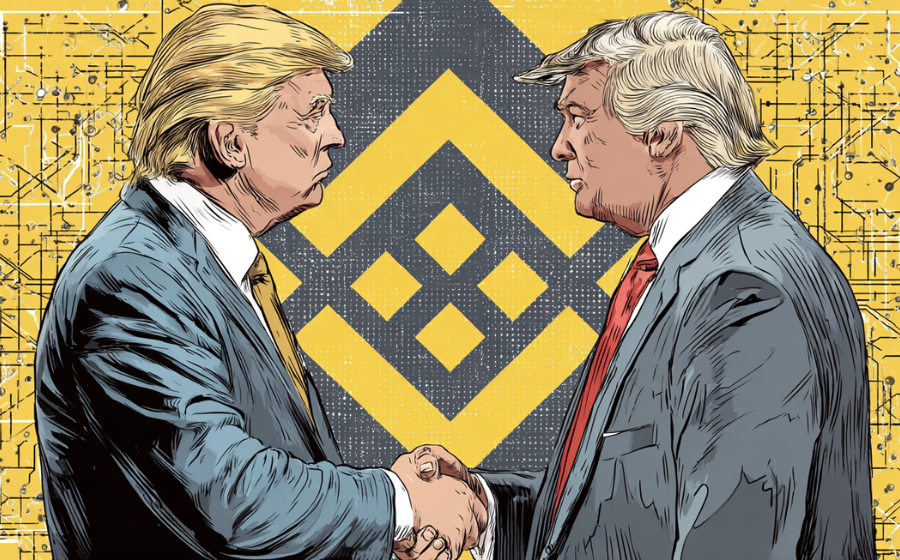
KEYTAKEAWAYS
- USD1 is a Trump-affiliated stablecoin built by Binance and used to settle a $2 billion investment from the Abu Dhabi-backed MGX fund.
- Binance holds over 90% of USD1 tokens and was deeply involved in its development, making the coin both centralized and politically sensitive.
- USD1 raises regulatory alarms due to its opaque reserves, concentrated control, and the involvement of politically influential actors on both sides.

CONTENT
Trump-affiliated World Liberty Financial launched USD1, a stablecoin built by Binance and used to settle a $2B MGX investment—sparking global scrutiny over transparency and influence.

USD1, BINANCE, AND THE TRUMP CONNECTION
In a year already packed with regulatory battles and institutional shifts in crypto, a new chapter is unfolding—one that links the world’s largest exchange, a Trump-backed financial venture, and a $2 billion transaction from the Gulf.
At the heart of this unexpected alliance? A little-known stablecoin called USD1.
A STABLECOIN WITH POLITICAL ROOTS
In early 2025, a newly formed financial firm entered the crypto space: World Liberty Financial, reportedly founded by members of the Trump family. Initially, there was little buzz beyond a few vague press releases about building a “free-market digital financial system.”
That changed in March, when the company announced the launch of USD1, a U.S. dollar–pegged stablecoin designed for large-scale institutional settlement.
While stablecoin launches are now commonplace, this one quickly drew attention—not for what it was, but for who built it.
BINANCE BUILT THE INFRASTRUCTURE
According to investigations by outlets including The Daily Beast and CoinDesk, Binance—still the world’s largest crypto exchange—wrote the smart contract code that powers USD1. That’s not a superficial collaboration; it’s a deep technical involvement.
Binance also promoted USD1 through its channels, and blockchain data shows that over 90% of USD1 tokens are currently held in Binance-linked wallets.
In practical terms, Binance is both the main issuer and the primary ecosystem for the stablecoin’s usage.
THE $2 BILLION SETTLEMENT DEAL
The ties between Binance and World Liberty came into sharper focus in May 2025, when Eric Trump publicly confirmed that USD1 would be used to settle a $2 billion investment from Abu Dhabi’s MGX fund into Binance.
While little is known about MGX’s internal structure, it is widely viewed as a sovereign-backed fund aligned with Gulf interests. The timing of this deal is significant—Binance had recently undergone a major regulatory shakeup, including a $4.3 billion settlement with U.S. authorities and a leadership handover from Changpeng Zhao (CZ) to Richard Teng.
That such a high-profile investment was settled in a newly launched stablecoin raised serious questions—not only about the coin’s legitimacy but also about the broader implications for market governance.
WHO CONTROLS USD1?
Stablecoins typically gain trust through transparency, audited reserves, and regulatory clarity. But USD1 remains opaque. Its backing has not been publicly disclosed, and the concentration of tokens in a single ecosystem undermines the idea of decentralized usage.
More concerning is the alignment of its two primary stakeholders: Binance, a company under heightened global scrutiny, and the Trump family, with ongoing political ties and influence.
Critics have raised the possibility that USD1 could be more than a financial tool—perhaps also a strategic asset for those seeking to shape digital finance infrastructure with minimal oversight.
REGULATORY AND INDUSTRY REACTIONS
Given the entities involved, it’s no surprise that USD1 is facing pushback. U.S. regulators may raise conflict-of-interest concerns, especially if the Trump family’s political connections overlap with digital asset operations.
For Binance, the involvement adds to a growing list of questions about transparency and accountability. After years of operating with limited regulatory cooperation, the exchange is trying to shift toward compliance—but partnerships like this one complicate that narrative.
Within the crypto industry, views are mixed. Some see USD1 as a case study in efficient capital mobility outside of traditional banking systems. Others fear it could become a loophole for off-radar financing with limited checks and balances.
WHY THIS CASE MATTERS
Stablecoins are the backbone of the crypto economy—critical for liquidity, trading, and DeFi operations. But they also need trust. When reserve data is unclear, usage is highly concentrated, and political figures are involved, questions multiply fast.
USD1 isn’t just a new token—it’s a signal that the next phase of stablecoin development may be defined less by technical innovation and more by political capital and institutional influence.
In a time when regulators are tightening their grip on crypto globally, a stablecoin like USD1, built by Binance and linked to a high-profile U.S. political family, risks becoming a lightning rod.
LOOKING AHEAD
Whether USD1 gains traction beyond Binance’s ecosystem or fades under pressure remains to be seen. But it has already exposed a complex web of influence—where crypto, politics, and sovereign capital collide.
This case may soon become a precedent: not only for how stablecoins are launched and used, but also for how regulatory frameworks will treat coins tied to both geopolitical and financial power centers.
In the meantime, the crypto world—and the political world—are watching closely.
